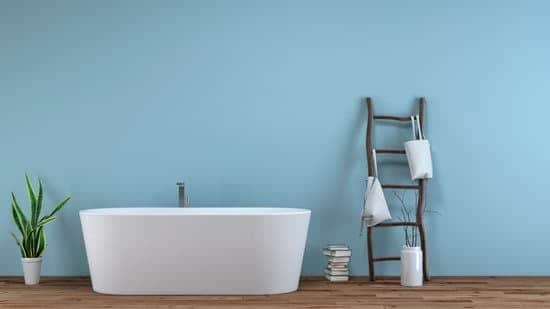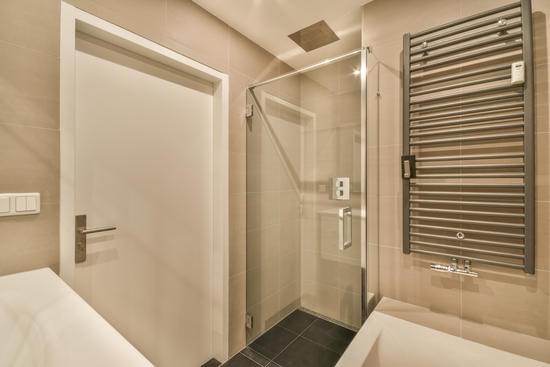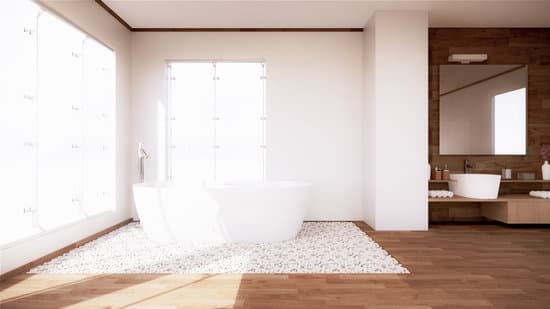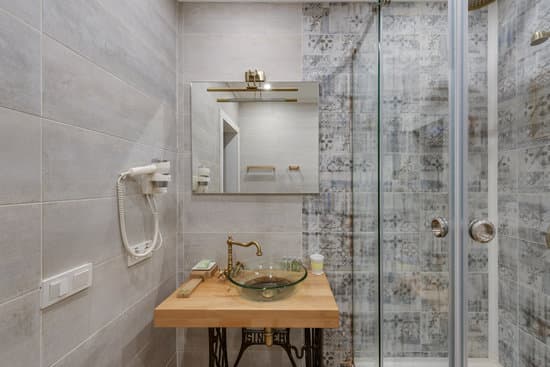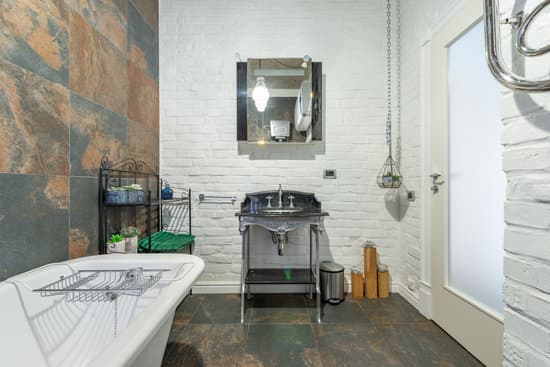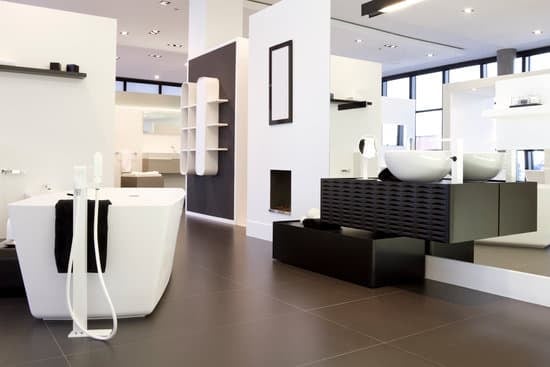Are you tired of your old bathroom countertop and looking to give it a fresh new look? In this article, we will guide you through the process of making your own bathroom countertop. By following these step-by-step instructions, you can ensure both safety and satisfaction in creating a beautiful and functional addition to your bathroom. From choosing the right materials to installing and finishing touches, we’ve got you covered. Let’s get started on transforming your bathroom!
Choosing the Right Materials
When choosing the right materials, it’s important to consider durability and aesthetics. Comparing different countertop materials will help you make an informed decision for your bathroom. One option to consider is natural stone countertops. They offer a timeless and elegant look that can enhance the overall appearance of your bathroom. However, it’s essential to weigh the pros and cons before making a final choice. Natural stone countertops, such as granite or marble, are known for their durability and resistance to heat and scratches. On the downside, they require regular maintenance to keep them looking their best and can be quite expensive compared to other options. It’s important to evaluate what matters most to you – style or practicality – when deciding on the right material for your bathroom countertop.
Measuring and Planning Your Design
To measure and plan your design, start by determining the dimensions of the space available in your bathroom. Measure the length, width, and height of the countertop area to ensure a perfect fit. Once you have the measurements, consider choosing the right color for your bathroom countertop. Opt for a shade that complements the overall aesthetic of your bathroom and creates a harmonious atmosphere. Additionally, it is crucial to budget and estimate costs before starting any project. Research different materials and their respective prices to find an option that fits within your budget. Remember to factor in installation costs as well. By carefully measuring, selecting the right color, and budgeting effectively, you can create a beautiful bathroom countertop that not only looks great but also meets all safety standards.
Preparing and Cutting the Countertop
First, you’ll need to prepare and cut the countertop. Safety should be your top priority when working with cutting tools. Start by gathering the necessary materials: a circular saw, safety goggles, gloves, measuring tape, and a pencil. Before cutting the countertop, ensure that it is securely clamped down to prevent any movement during the process. Measure and mark the desired dimensions on the countertop using a pencil and measuring tape. When cutting, make sure to follow proper cutting techniques such as keeping your fingers away from the blade and maintaining a steady hand. Always wear safety goggles to protect your eyes from any flying debris. Take your time and work slowly to ensure accuracy while cutting.
Installing and Securing the Countertop
Once you have finished cutting the countertop, it is time to install and secure it in place. Before installing, make sure the area where the countertop will be placed is clean and free from debris. Apply a proper sealing for bathroom countertops to protect against water damage and stains. This will ensure that your countertop lasts longer and remains in good condition.
To install an undermount sink on your bathroom countertop, follow these steps:
- Position the sink upside down on the countertop, aligning it with the pre-cut hole.
- Apply a bead of silicone adhesive around the edge of the sink.
- Carefully flip over the sink and press it firmly into place.
After securing the sink, use clamps or brackets to hold the countertop in place while allowing time for adhesive to dry completely. Remember to read product instructions carefully and take safety precautions when handling tools and chemicals during installation.
Finishing Touches and Maintenance
To keep your countertop looking its best, regular maintenance is important. Cleaning your bathroom countertop regularly will help prevent the buildup of dirt, grime, and bacteria. Use a mild soap or non-abrasive cleaner to wipe down the surface, making sure to remove any spills or stains immediately. Avoid using harsh chemicals or abrasive scrubbers that can damage the countertop’s finish. For stubborn stains, you can use a mixture of baking soda and water to create a gentle scrub. After cleaning, make sure to thoroughly rinse the countertop and dry it with a soft cloth to prevent water spots. Additionally, sealing your bathroom countertop is crucial for maintaining its durability and appearance. Follow the manufacturer’s instructions for sealing techniques, such as applying a sealant every few months or as recommended by the manufacturer. Regular cleaning and proper sealing will help prolong the life of your bathroom countertop while keeping it safe for daily use.
Conclusion
Now that you have completed the installation of your bathroom countertop, take a moment to admire your hard work. By following these steps and using the right materials, you have created a beautiful and functional addition to your bathroom. Remember to regularly clean and maintain your countertop to keep it looking its best. Enjoy the satisfaction of knowing that you made this countertop yourself, adding a personal touch to your bathroom space.

